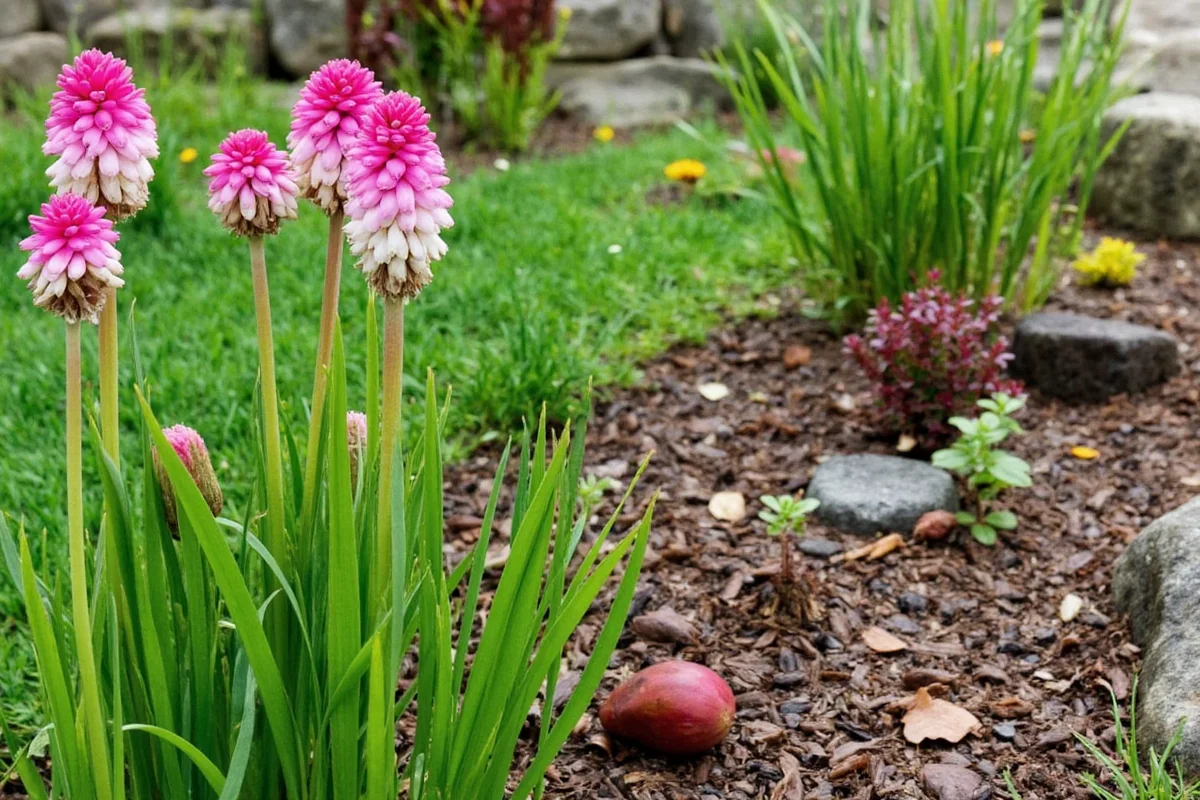Agave succulents are fascinating plants known for their striking, architectural form and minimal care requirements. Whether you're a seasoned gardener or a beginner, understanding the nuances of agave plant care is essential to keeping them healthy and thriving. In this guide, we will cover the basics of agave care, planting tips, light and temperature requirements, watering and feeding, and common pest management. Each section aims to lay out practical advice to ensure your agave plants are at their best.
The Basics of Agave Care
Agave plants come from arid regions where they have adapted to survive harsh conditions. Their thick, fleshy leaves store water, allowing them to withstand drought periods. Hence, when it comes to agave care, less is often more.
- Agave plants generally do well in well-drained soil. Sandy or rocky soil replicates their natural environment.
- Avoid watering frequently; instead, water deeply but infrequently to mimic rainfall in their native habitat.
- Pruning is minimal; primarily remove old or damaged leaves to maintain the plant's appearance.
Choosing the right agave species for your environment is crucial, as some can tolerate frost while others cannot. Learn about the specific needs of your chosen agave type to tailor your care routine.
Planting Tips for Agave Succulents
Planting agave succulents correctly can significantly affect their growth and health. Here are some helpful planting tips:
- Select a location with plenty of sunlight – agave plants typically need around 6-8 hours of direct sunlight each day.
- Ensure the area has excellent drainage. You can use a raised bed or mound to improve drainage if necessary.
- Spacing is critical; agave plants can grow large, so provide ample space for their mature size.
When planting, dig a hole twice the size of the root ball and add gravel or sand to enhance drainage. Plant the agave with the roots spread out and the crown at soil level, tamp down the soil, and water lightly.
Light and Temperature Requirements
Agave plants are accustomed to bright, sunny environments and typically thrive with abundant light. However, their temperature tolerance can vary among species. Understanding their light and temperature needs is key to fostering healthy growth.
- Most agave species prefer full sunlight; too little light can stunt growth and reduce leaf color vibrancy.
- Temperature tolerance varies: while some can handle below-freezing temps, others need protection from frost.
- To acclimate agave plants to their environment, gradually increase their light exposure when first planted or transferred from indoors.
Giving your agave the right amount of light and protecting it from temperature extremes will help to avoid stress and encourage lush growth.
Watering and Feeding Agave Plants
Watering agave plants efficiently is crucial due to their drought-resistant nature—too much water can lead to rot. Similarly, feeding should be balanced to avoid over-fertilization.
- Watering should be done approximately once every two weeks, increasing in hotter months and decreasing in cooler ones.
- Use a diluted, balanced fertilizer sparingly, about once a month during the growing season, spring through mid-summer.
- Ensure the soil completely dries out between watering to prevent root rot.
Monitor the agave's appearance for signs of insufficient or excessive water and adjust care accordingly. Their leaves should appear thick and sturdy—wrinkling can indicate the need for water.
Managing Pests in Agave Plants
Though agave plants are generally resilient, they can occasionally attract pests and diseases due to poor environmental conditions or stress. Managing these issues promptly ensures your plants remain healthy.
- Common pests include agave snout weevils, scale, and mealybugs; regular inspection helps catch infestations early.
- Use neem oil or insecticidal soap to treat pest issues. For severe cases, professional intervention might be necessary.
- Agave plants can suffer from fungal infections, especially if overwatered. Ensuring proper drainage and ventilation will prevent these problems.
With these prevention steps, agave plants can fend off most pests, maintaining their natural beauty and strength.
In conclusion, agave succulents are excellent choices for those seeking low-maintenance, visually striking plants. With proper planting, optimal sunlight, regulated watering, and diligent pest management, your agave plants will flourish, providing stunning foliage and architectural grandeur to any garden.











 浙公网安备
33010002000092号
浙公网安备
33010002000092号 浙B2-20120091-4
浙B2-20120091-4